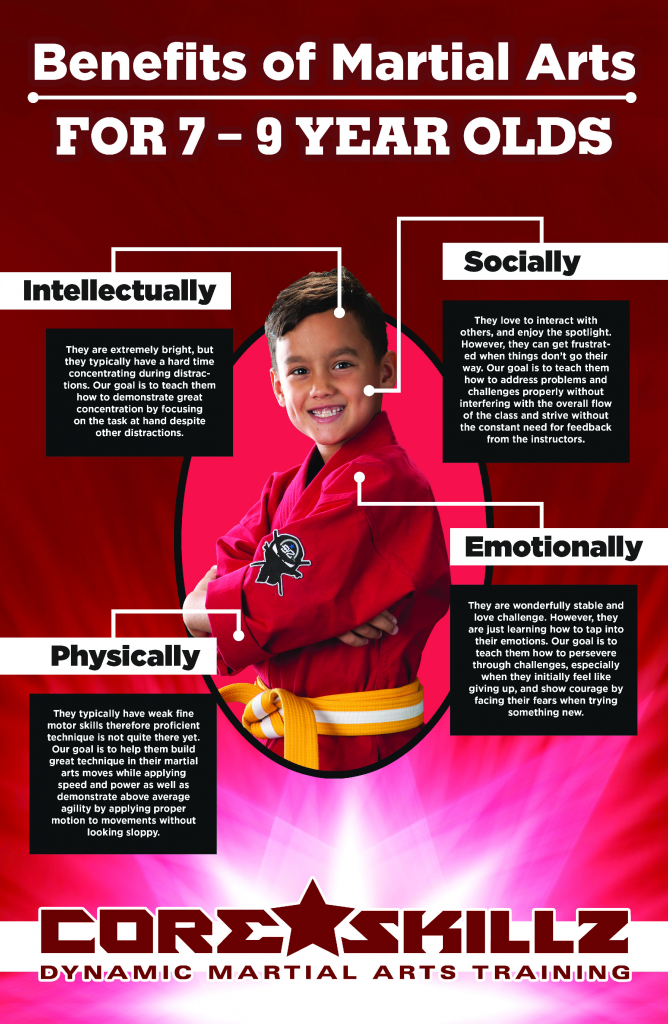The History And Ideology Of Martial Arts: A Deep Dive
The History And Ideology Of Martial Arts: A Deep Dive
Blog Article
Created By-McGrath Barbour
Step into the old globe where martial arts were born out of necessity in diverse regions. Societies crafted unique battling designs intertwined with historical contexts. Strategies advanced over centuries through devoted method and cultural exchanges. Today, modern-day martial arts blend standard elements for maximum performance. Philosophically, martial arts highlight technique, self-improvement, and consistency. Respect, humbleness, and equilibrium are foundational concepts leading practitioners towards growth and resilience. Discover the midsts of this rich background and approach to discover the profound impacts forming this long-lasting technique.
Origins of Martial Arts
Fighting style came from different regions around the globe, advancing as sensible fight systems to prevent hazards. These ancient combating designs were established out of requirement, with each society crafting techniques matched to their special settings and difficulties. From the grappling arts of Jujutsu in Japan to the striking techniques of Kung Fu in China, martial arts were deeply intertwined with the historic, social, and social material of their particular societies.
In Japan, the samurai class refined martial arts like Kenjutsu, the art of the sword, which later on progressed into the much more popularized kind of Kendo. Meanwhile, in Brazil, Capoeira emerged as a mix of dancing and combat, developed by enslaved Africans as a means to withstand oppression. Each fighting style carries with it a rich background and ideology, reflecting the worths and beliefs of the people who practiced them.
As you look into the beginnings of martial arts, you uncover a tapestry of human resourcefulness, durability, and the stubborn spirit of warriors throughout time.
Development of Techniques
With centuries of practice and improvement, battle strategies within different martial arts have undertaken an extensive development. From ancient designs like Kung Fu and Karate to extra modern self-controls such as Brazilian Jiu-Jitsu and Krav Maga, the advancement of techniques has been driven by a combination of cultural impacts, sensible applications, and technological advancements.
One substantial aspect of this evolution is the cross-pollination of methods between different martial arts. As an example, strategies from standard Japanese Jiu-Jitsu were incorporated right into the development of Judo by Jigoro Kano in the late 19th century. This mixing of styles has brought about the development of crossbreed martial arts like Mixed Martial Arts (MIXED MARTIAL ARTS), which incorporate components of striking, grappling, and submission strategies.
In addition, the evolution of techniques has been shaped by the enhancing emphasis on effectiveness and efficiency in fight. Professionals have continually looked for to refine their techniques through strenuous training, experimentation, and competition, leading to the development of extremely specialized and effective battling styles. Generally, the development of techniques in martial arts mirrors the vibrant nature of combat and the recurring mission for renovation and technology.
Philosophical Structures
Checking out the underlying philosophical principles of martial arts offers understanding right into their core values and assisting ideas. At https://collider.com/enola-holmes-martial-arts/ of numerous martial arts disciplines is the principle of discipline itself. By educating mma for adults beginners near me and mind to act as one natural device, you cultivate discipline that extends beyond the dojo or fitness center right into daily life. This discipline includes respect, humility, and self-discipline, forming not simply your physical capacities however likewise your character.
An additional fundamental thoughtful structure in martial arts is the idea of continual self-improvement. The journey of grasping a martial art is continuous, with practitioners regularly making every effort to better themselves, both literally and mentally. This focus on growth fosters durability, perseverance, and a development attitude that can be applied to all aspects of life.
In addition, martial arts highlight the significance of consistency and balance. Techniques are developed to utilize a challenger's power against them, highlighting the concept of producing and rerouting pressure as opposed to satisfying it head-on. This philosophy includes interpersonal partnerships, promoting calm resolutions and good understanding. By embracing these thoughtful structures, martial musicians not just improve their battle abilities however likewise cultivate a way of living fixated personal development, regard, and consistency.
Conclusion
Finally, the history and philosophy of martial arts use an abundant tapestry of practice, technique, and self-improvement.
Take for instance the story of Bruce Lee, who revolutionized martial arts by mixing different designs and viewpoints to create his own special type of Jeet Kune Do.
With dedication and technology, martial musicians continue to press limits and motivate others to reach their full potential both in combat and in life.
